Coastal and beach erosion are major issues facing Australia’s eastern coastline and causes significant damage to private property, infrastructure, and the loss of beach amenity. Severe beach erosion caused by extreme coastal storms occurs along most NSW beaches at varying magnitude every few to several years. The impacts of beach erosion include destruction and undermining of beachfront properties, damage to public spaces and facilities, and in some cases the temporary loss of beaches. Additionally, cumulative and ongoing coastal erosion (known as shoreline recession) impacts parts of the NSW coast, due to persistent sand loss associated with a long term imbalance in the coastal sediment transport system. Shoreline recession often leads to loss of beach amenity and the destabilisation or loss of ocean front land.
In general, the NSW coast is characterised by drift-aligned beaches shaped by alongshore processes in the north, and swash-aligned beaches shaped by cross-shore processes in the central and south. NSW beaches respond differently to storms depending on the local setting and their distinctive characteristics meaning that the predicted impact of coastal erosion at one beach varies from surrounding beaches and other regions of the coast.
Research and Technology
Recently, engineers at the University of New South Wales have developed the world’s first coastal hazard system to predict and reduce the risks corresponding with Australian coastal storms. This new framework for a national early warning system (EWS) forecasts beach erosion and flooding impacts for storms approaching Australia’s sandy coastlines. This new system predicts the severity of impacts in 100 metres intervals along the shore and at predetermined ‘hotspots’ in near real time delivering weekly forecasts to coastal managers and emergency services.
If you are interested in further details about this system their research has been published in the international journal:
Solutions and Trade Offs
When dealing with erosion it is preferable to enable natural cycles to occur without interference. However, if community infrastructure is threatened, authorities may consider a range of management options:
- Sand Nourishing
- Beach Scraping
- Dune Building
- Seawalls
- Revetments
- Artificial reefs
Most commonly employed measures in NSW involve a mix between Sand Nourishing, Dune Building and Beach Scraping.
Sand Nourishing involves relocating sand from another beach, marine sand bank or from a quarry to add back the volume lost during the storm. This rebuilds erosion resistance by restoring the buffer between the shoreline and infrastructure. Sand nourishment is effective and can be a cheaper alternative. However it is still expensive and often only a short-term solution washed away again by future storms.
Beach Scraping is similar to sand nourishment however involves the re-shaping of the beach profile. Instead of importing new sand machinery is used to move existing sand from the lower part of the beach to the upper part. This improves beach amenity and enables the beach to withstand the potential impacts of storm events better in the future. Sand scraping is a band aid on a broader problem where despite being cheap eventually the profile of the beach will change and nourishment will be required.
Dune Building requires a combination of beach scraping and sand nourishment to develop protective sand dunes. Vegetation of native coastal species are also planted to trap wind-blown sand, increasing the volume of the dune buffer over time, and roots reinforce the structure improving resistance to future erosion events.
LGA’s in erosion hotspots will often develop more permanent solutions like seawalls, revetments, and artificial reefs where economically feasible. These permanent fixtures as evident in modern history do pose a significant risk of intensifying existing issues or shifting them downstream if not implemented properly.
Seawalls are installed parallel to the shore and are a potent means of protecting assets and infrastructure. The disadvantage of seawalls stems from their reflection of wave energy leading to more beach erosion in front of the wall, whilst retained sand behind the wall is no longer available for the natural processes of accretion across the beach.
Revetments are sloping structures built on embankments or shorelines, along the base of cliffs, or in front of seawalls to absorb and dissipate this wave energy. Due to the absorption of this energy the fixtures are subject to greater wear compared to standard seawalls often needing more maintenance.
Artificial Reefs replicate natural reefs that reduce wave energy before it reaches the shore. Artificial reefs also offer marine habitat and recreational opportunities such as surfing and snorkelling. These are an expensive option and alter the natural coastal processes so they need to be designed and implemented appropriately.
Politically, beachfront homeowners usually in favour of permanent protection often clash with beach goers who fear these structures will become an eyesore, and councils commonly struggle to afford either nourishment over the long term or permanent fixtures in the short term.
